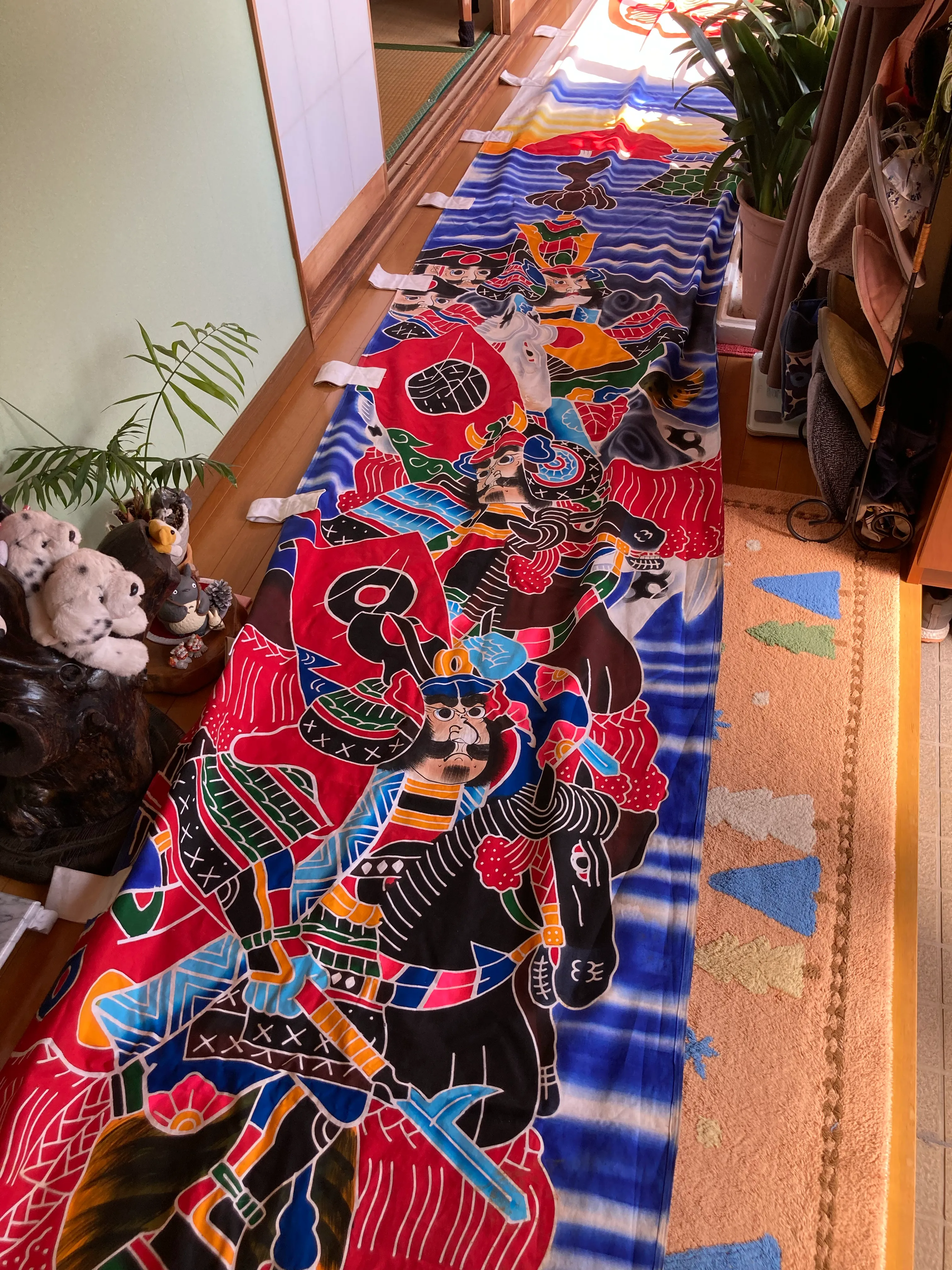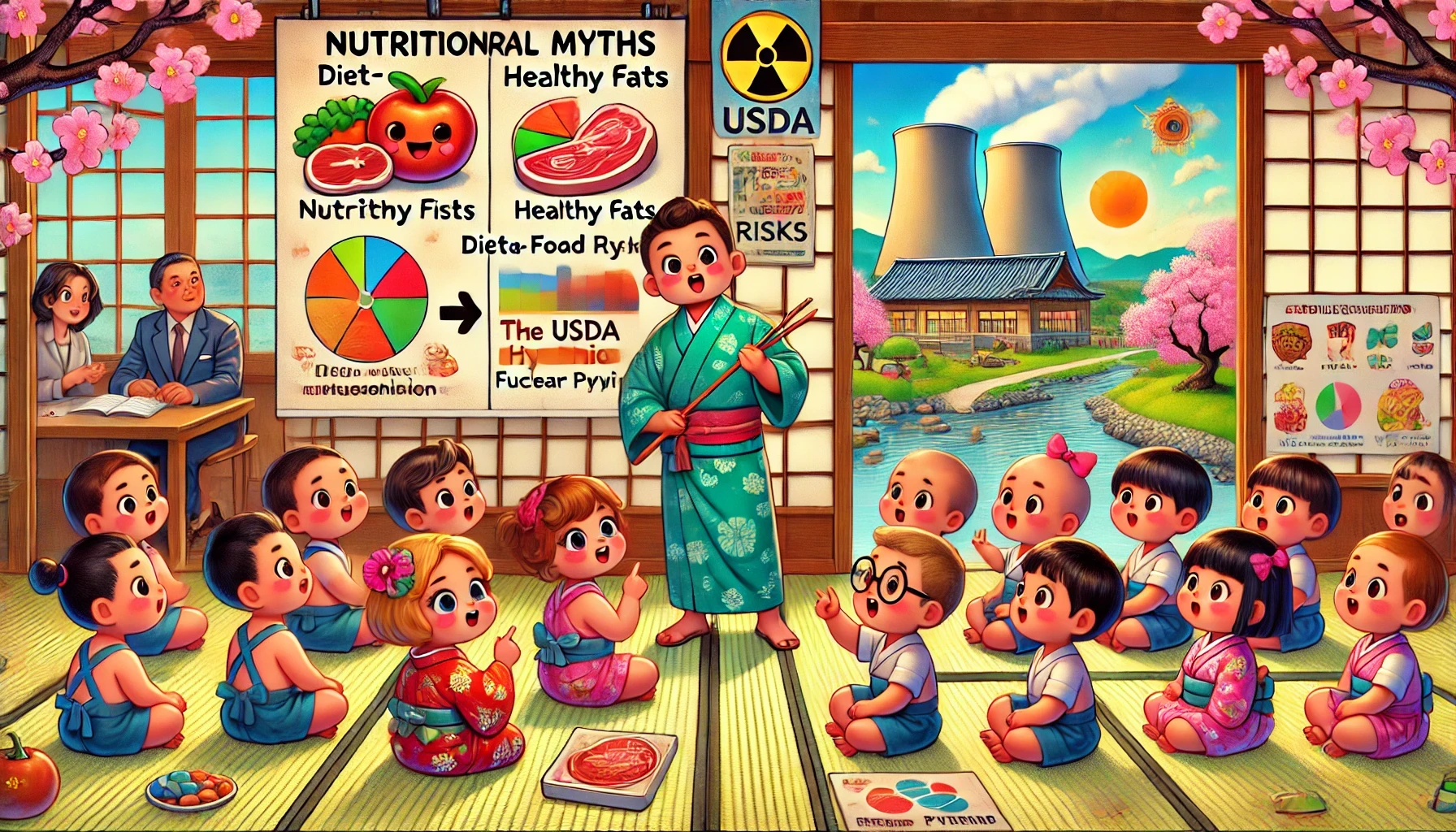ZENPTY.

Flavors of Change: Embracing the Innovative Spirit of Japanese Culture
Mar 22, 2024
Imagine this: in the eclectic and ever-surprising landscape of Japan, a new culinary curiosity has emerged – a sausage with a flavor so unique, it’s causing quite a stir. The packaging teases the addition of herbs, perhaps a touch of basil or the delicate essence of cherry blossoms, adding an intriguing twist to the "Pikachu" themed treat.


As someone who has called Japan home for some time, I can attest that this country never ceases to astonish and delight all my senses. You might think such an item is merely a quirky anomaly, but it’s part of a larger, charmingly bemusing aspect of Japanese culture – a fascination with playful translations and interpretations of the English language, often leading to humorous results.
This phenomenon, which could easily be mistaken for simple amusement, is actually reflective of a deeper characteristic of Japanese culture: a longstanding tradition of embracing and adapting to change. This ethos of innovation is not as easily defined as other Japanese concepts like 'kaizen' or 'kawaii,' but it is undoubtedly a cornerstone of the Japanese way of life, influencing everything from the tangible to the spiritual.
Traditions, after all, are born from our habits and practices. They start as personal routines and, as they are shared and spread, evolve into the rich tapestry of cultural customs we see today. This is evident in the practices surrounding mochi-making, which not only offer a taste of delicious tradition but also provide a window into a culture that deeply respects its past while continually evolving.
Japanese culture’s depth and dynamism are exemplified not just in its playful approach to language but also in its traditional celebrations, like Children’s Day. This holiday has transformed over time, incorporating various influences and philosophies, a testament to Japan’s fluid cultural identity.
Children’s Day, celebrated on May 5th, is a vivid illustration of this. Originally intended to celebrate children’s wellbeing and to show appreciation for mothers, it's adorned with samurai helmets and 'Koinobori' – symbols of strength and success. While it has roots in a male-dominated samurai culture, it also draws from Confucian and Buddhist philosophies and ancient agricultural rituals of Shinto, showcasing Japan's diverse historical influences.

The day was once known as 'Tango no Sekku,' intertwined with ancient Chinese customs, and 'Satsuki Imi,' a day focusing on women's roles in agriculture. These traditions highlight the balance and harmony in Japanese cultural celebrations and reflect the nation’s adaptability and respect for both genders' roles.
Japan's cultural richness is also mirrored in its modern innovations. Businesses like 'Furacoco,' once makers of traditional Japanese dolls, have evolved to meet contemporary tastes, embodying the spirit of change that is so intrinsic to Japanese culture.
This perpetual state of innovation makes Japan a fascinating destination to visit at any time. The country's blend of traditional and modern, from the whimsical to the profound, offers something for everyone. Whether you’re an influencer follower or an adventurous soul, Japan's cultural landscape is rich and varied. The multifaceted nature of holidays like Children’s Day and the creative daring seen in products like these uniquely flavored sausages are just a few examples of Japan’s cultural ingenuity. It's a nation where ancient traditions coexist with bold, new ideas – a blend that I hope continues to thrive and inspire.
A Carnivore Journey: How Letting Go of Carbs Opened New Doors
Nutritional Myths and Nuclear Risks: The Parallel Stories of Regulatory Capture
Silencing Dissent: How Ancel Keys' Hypothesis Dominated Nutrition Science
Ancel Keys and the Diet-Heart Hypothesis: A Deep Dive into Flawed Science
Unmasking the Villain: Ancel Keys and the War on Saturated Fat
From Eisenhower to Endo: The Evolution of Heart Health Myths






